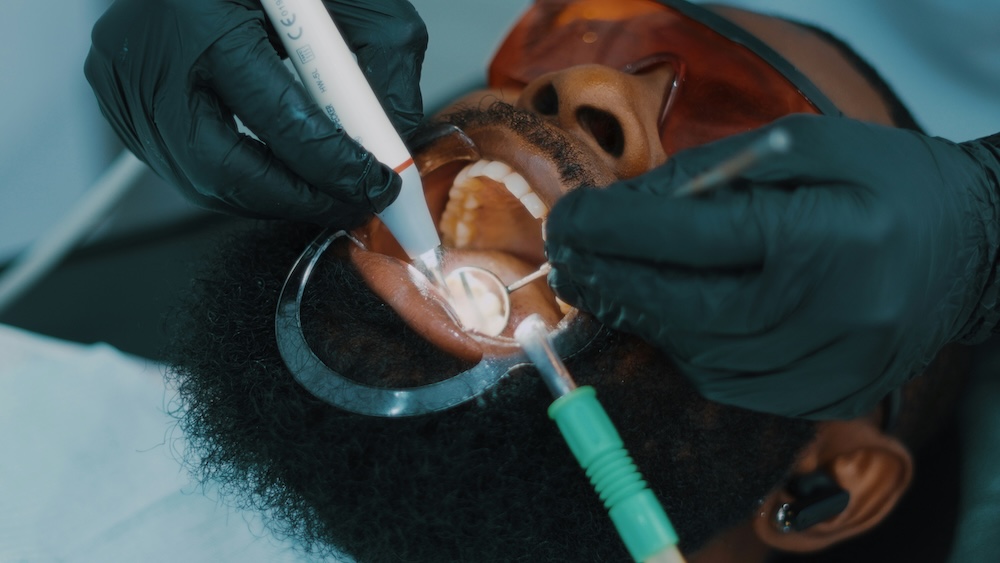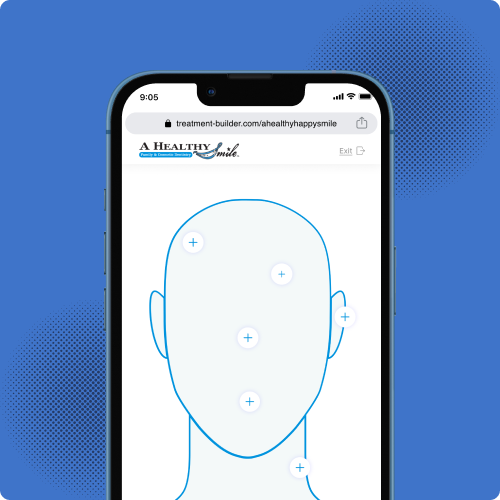
In 2017 84.9% of kids under age 18 had a dental visit. 64% of adults between 18-64 went to the dentist that year. And 65.6% of seniors aged 65 and older also had a dental visit that year. While those numbers are good, they could be better. There are many reasons why people skip the dentist. But most of the reasons come down to fear. Many people fear the instruments, getting lectured, needing more work done or just have bad memories of other dentists who weren’t very good at their jobs. Which is why sedation dental care may be the solution for you. If you’re wondering what sedation is and how it works, keep reading. We’re sharing with you everything you need to know.
What Sedation Dental Care Is
Dentists sometimes offer sedation dentistry to patients. The dentist administers medication to help patients relax. This is helpful in the following situations:
- The patient needs a lot of dental work performed
- The patient has difficulty staying still
- The patient has neck, jaw or back pain
- The patient can’t control their gag reflex
- The patient has had negative experiences with dentists in the past
Sedation dentistry also works for patients who suffer from anxiety or simply can’t relax. And while it’s sometimes referred to as “sleep dentistry”, the patient is almost always awake throughout the entire process unless under general anesthesia.
Types of Sedation
There are different levels of sedation that a patient can choose from. It’s best to discuss which option is best with your dentist such as:
Minimal Sedation
With minimal sedation, the patient is awake but feels very relaxed. There are two methods your dentist may choose from.
Nitrous Oxide
The first sedation method works by breathing in nitrous oxide, otherwise known as “laughing gas”. Your dentist controls how much of the nitrous oxide you receive. The gas usually wears off quickly so you may be able to drive yourself home after the procedure.
However, that’s rare and not recommended. It’s always best to have someone to help you get home to rest.
Halcion
The second method is taking an oral sedative known as Halcion. It’s from the same drug family as Valium and is typically taken an hour before the procedure.
Moderate Sedation
With moderate sedation or “conscious sedation”, a patient is awake but may not remember much of the procedure. Slurring your speech is also common when moderately sedated. Most people are given a larger dose of the drug Halcion. This can make you feel groggy or even fall asleep but you can be woken with a gentle shake. Another option is to receive a sedative through an IV which acts more quickly. Also, your dentist can continually adjust the level of sedation needed throughout the procedure.
Deep Sedation
With deep sedation, you are just on the edge of consciousness. However, you can still be awakened.
To get to a level of deep sedation, you’ll receive medications that leave you either almost unconscious or completely unconscious.
Sedation Vs. Anesthesia
Many people believe that anesthesia and sedation are the same things, but they’re not at all. Sedatives are used to help patients relax. Dental anesthesia is used to help numb a patient’s senses so they won’t feel pain during a procedure. Anesthesia also leaves you completely unconscious while sedatives leave you sleepy, but aware. With anesthesia, you’ll need either medication to help you wake back up or wait until the anesthesia wears off.
Sedation is Safe
While there are always minor risks involved when drugs are used, there are no major risks associated with sedation dentistry. The sedatives used are not new to the industry and there’s a lot of research that’s gone into verifying their safety and effectiveness.
The type of sedative you and your dentist choose depends on your level of anxiety. You should also be very clear about letting your dentist know what other medications and supplements you’re taking so the drugs don’t adversely affect you.
The doses are also extremely specific. Do not try to self-medicate yourself. It’s safer to follow your dentist’s recommendations and always take any prescriptions exactly as directed.
What Happens Before Dental Sedation
You should speak to your dentist about dental sedation during your first checkup. Always discuss which medications and food supplements you’re taking so your dentist can accurately determine which sedative is most appropriate for your needs.
It’s also important to discuss any health issues you may have such as high blood pressure, diabetes or heart disease. Even if you have a minor health issue, complications can arise so be honest so you stay safe.
After Undergoing Sedation
After you receive your sedative, you’ll probably feel a little light-headed. And while you’ll be awake during the entire procedure, you may not remember it much or even at all. Again, you’ll be awake, able to respond to questions, and you can also hear, move, and recognize movements around the room.
You’ll just feel very relaxed and a bit out of it. Once the procedure is finished, it will take a little while for your sedative to wear off. To stay safe, bring someone with you who can take you home or call a car service to bring you home.
Insurance May Cover Part of the Cost
Check with your dental insurance company if you feel that sedation dentistry is the best choice for you. The procedure may be partially covered by your insurance if you can prove it’s a medically necessary part of your dental procedure.
However, even if your dental insurance company won’t pay for your sedation, talk to your dentist about the cost. Your dentist may offer flexible financing options to help you afford the type of care you need.
Schedule Your Appointment
We know that seeing a dentist can be a scary event for some people. We also realize how important your oral health is to your overall health. Which is why we offer sedation dental care. We’re here to help you feel as safe and comfortable as possible. Click here to contact us to learn more or schedule an appointment.



